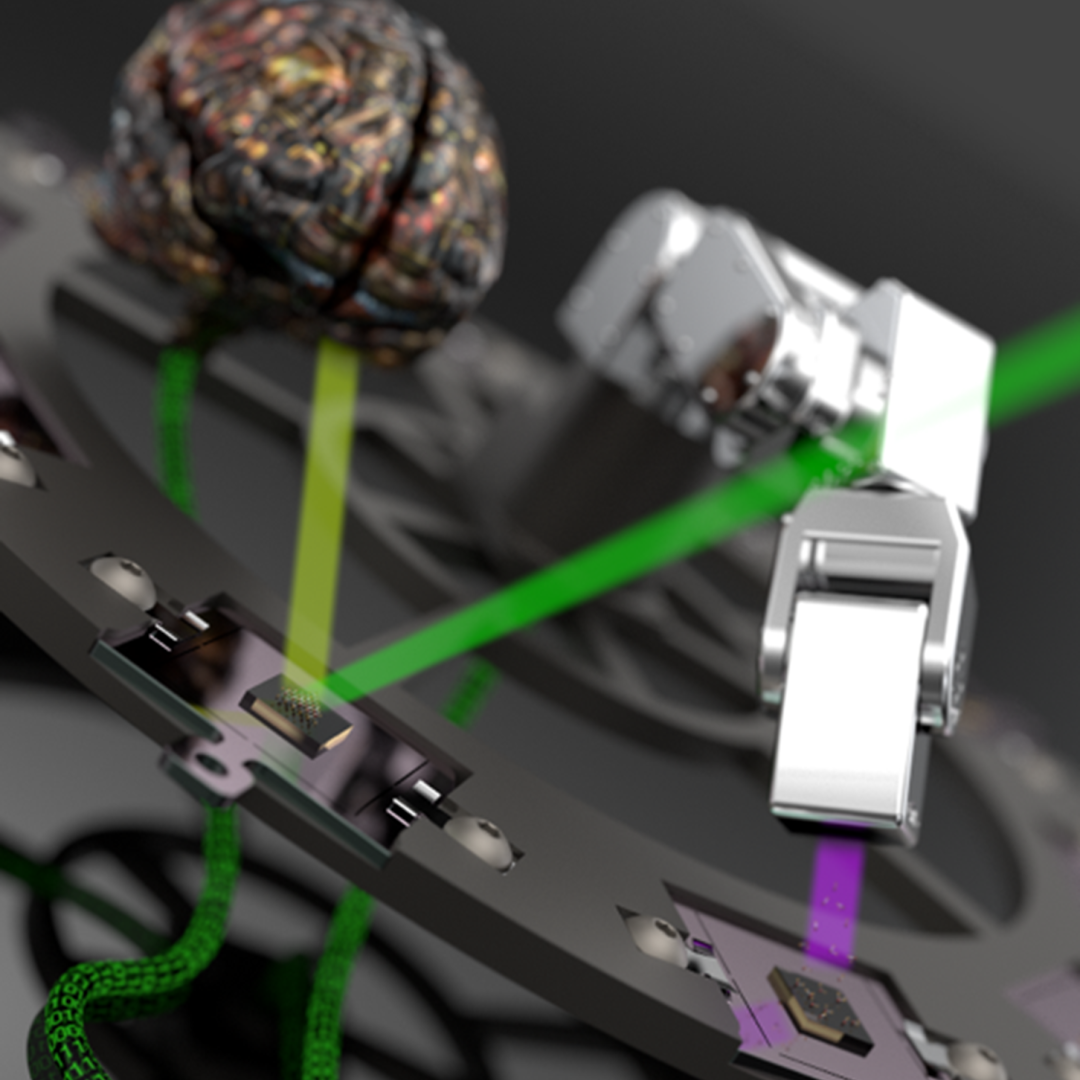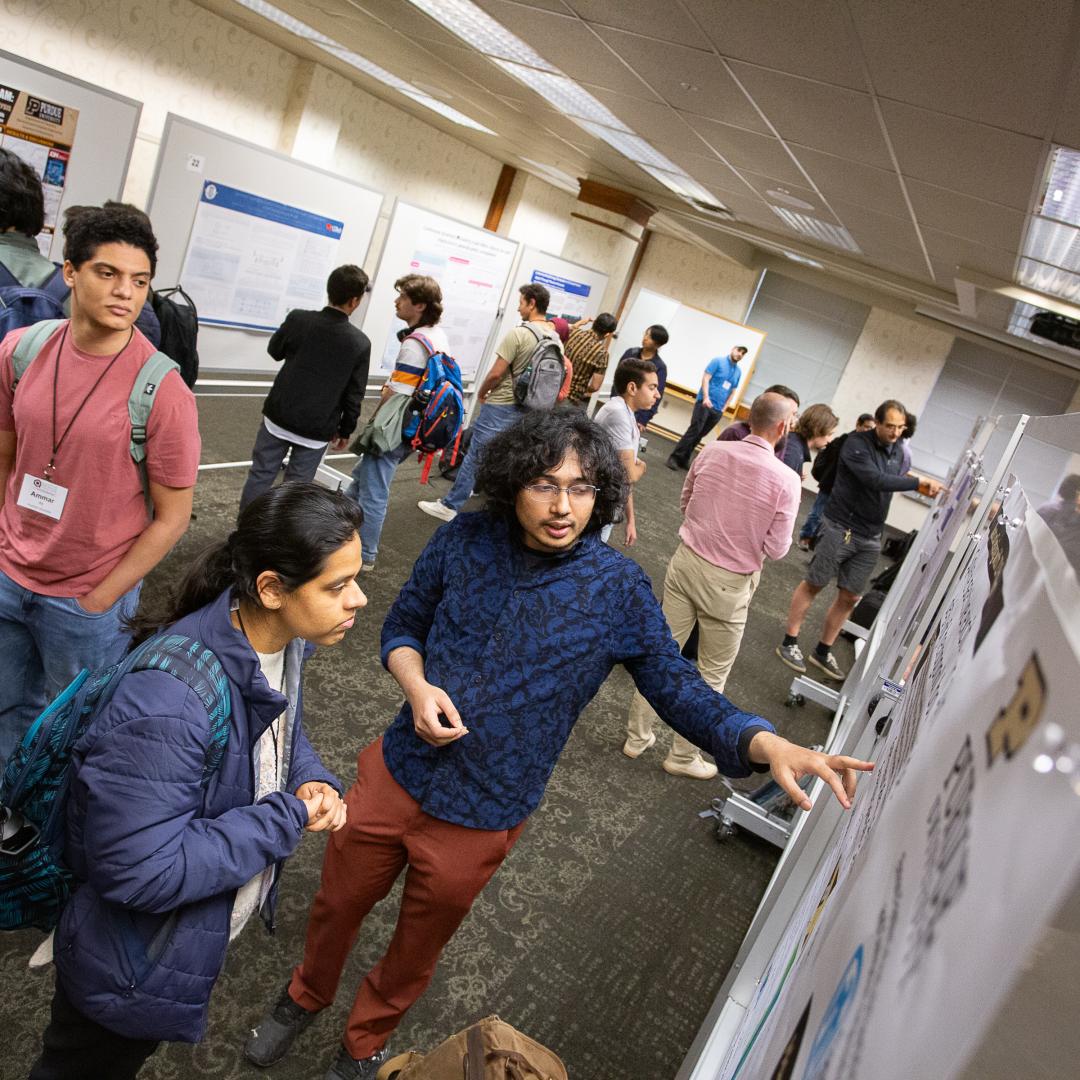Filter News
Area of Research
- (-) Fusion and Fission (7)
- (-) National Security (3)
- (-) Neutron Science (6)
- Advanced Manufacturing (1)
- Biology and Environment (4)
- Clean Energy (70)
- Fusion Energy (7)
- Materials (18)
- Materials for Computing (5)
- Nuclear Science and Technology (11)
- Nuclear Systems Modeling, Simulation and Validation (1)
- Supercomputing (7)
- Transportation Systems (2)
News Topics
- (-) Advanced Reactors (8)
- (-) Transportation (9)
- 3-D Printing/Advanced Manufacturing (11)
- Artificial Intelligence (19)
- Big Data (8)
- Bioenergy (10)
- Biology (9)
- Biomedical (14)
- Biotechnology (2)
- Buildings (2)
- Chemical Sciences (8)
- Clean Water (2)
- Climate Change (5)
- Composites (2)
- Computer Science (32)
- Coronavirus (10)
- Critical Materials (1)
- Cybersecurity (19)
- Decarbonization (6)
- Energy Storage (12)
- Environment (15)
- Exascale Computing (2)
- Fossil Energy (2)
- Frontier (3)
- Fusion (23)
- Grid (8)
- High-Performance Computing (8)
- Isotopes (1)
- ITER (6)
- Machine Learning (15)
- Materials (16)
- Materials Science (25)
- Mathematics (1)
- Microscopy (4)
- Nanotechnology (12)
- National Security (34)
- Net Zero (1)
- Neutron Science (99)
- Nuclear Energy (33)
- Partnerships (7)
- Physics (11)
- Polymers (1)
- Quantum Computing (1)
- Quantum Science (8)
- Security (13)
- Simulation (4)
- Space Exploration (3)
- Summit (7)
- Sustainable Energy (8)
Media Contacts
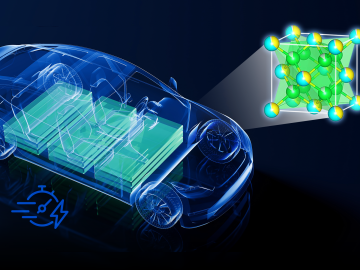
Currently, the biggest hurdle for electric vehicles, or EVs, is the development of advanced battery technology to extend driving range, safety and reliability.
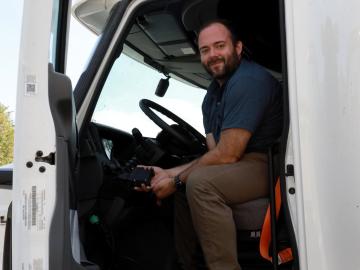
As vehicles gain technological capabilities, car manufacturers are using an increasing number of computers and sensors to improve situational awareness and enhance the driving experience.
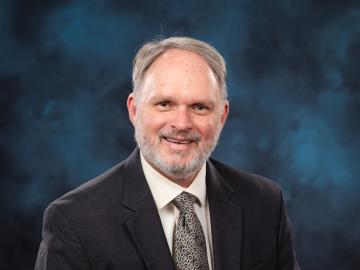
Mickey Wade has been named associate laboratory director for the Fusion and Fission Energy and Science Directorate at the Department of Energy’s Oak Ridge National Laboratory, effective April 1.

A partnership of ORNL, the Tennessee Department of Economic and Community Development, the Community Reuse Organization of East Tennessee and TVA that aims to attract nuclear energy-related firms to Oak Ridge has been recognized with a state and local economic development award from the Federal Laboratory Consortium.
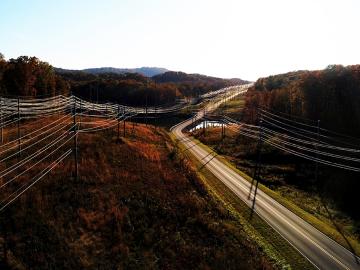
ORNL and the Tennessee Valley Authority, or TVA, are joining forces to advance decarbonization technologies from discovery through deployment through a new memorandum of understanding, or MOU.
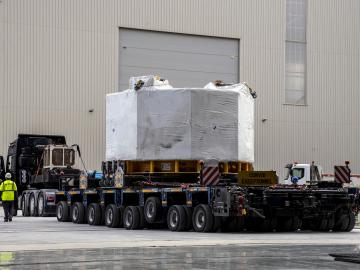
Staff at Oak Ridge National Laboratory organized transport for a powerful component that is critical to the world’s largest experiment, the international ITER project.
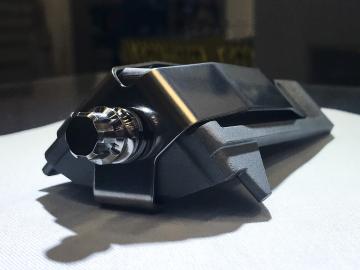
Four first-of-a-kind 3D-printed fuel assembly brackets, produced at the Department of Energy’s Manufacturing Demonstration Facility at Oak Ridge National Laboratory, have been installed and are now under routine operating
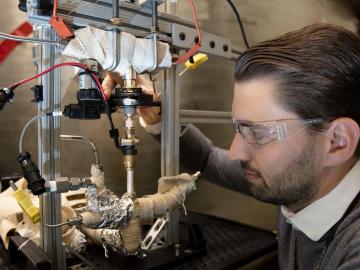
For a researcher who started out in mechanical engineering with a focus on engine combustion, Martin Wissink has learned a lot about neutrons on the job
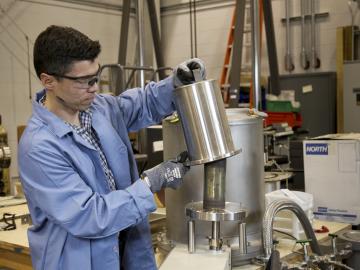
As program manager for the Department of Energy’s Oak Ridge National Laboratory’s Package Testing Program, Oscar Martinez enjoys finding and fixing technical issues.
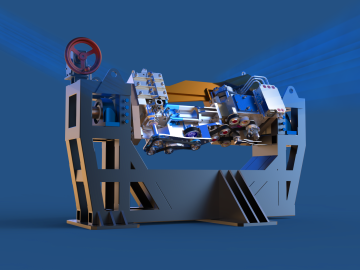
In the quest for advanced vehicles with higher energy efficiency and ultra-low emissions, ORNL researchers are accelerating a research engine that gives scientists and engineers an unprecedented view inside the atomic-level workings of combustion engines in real time.


